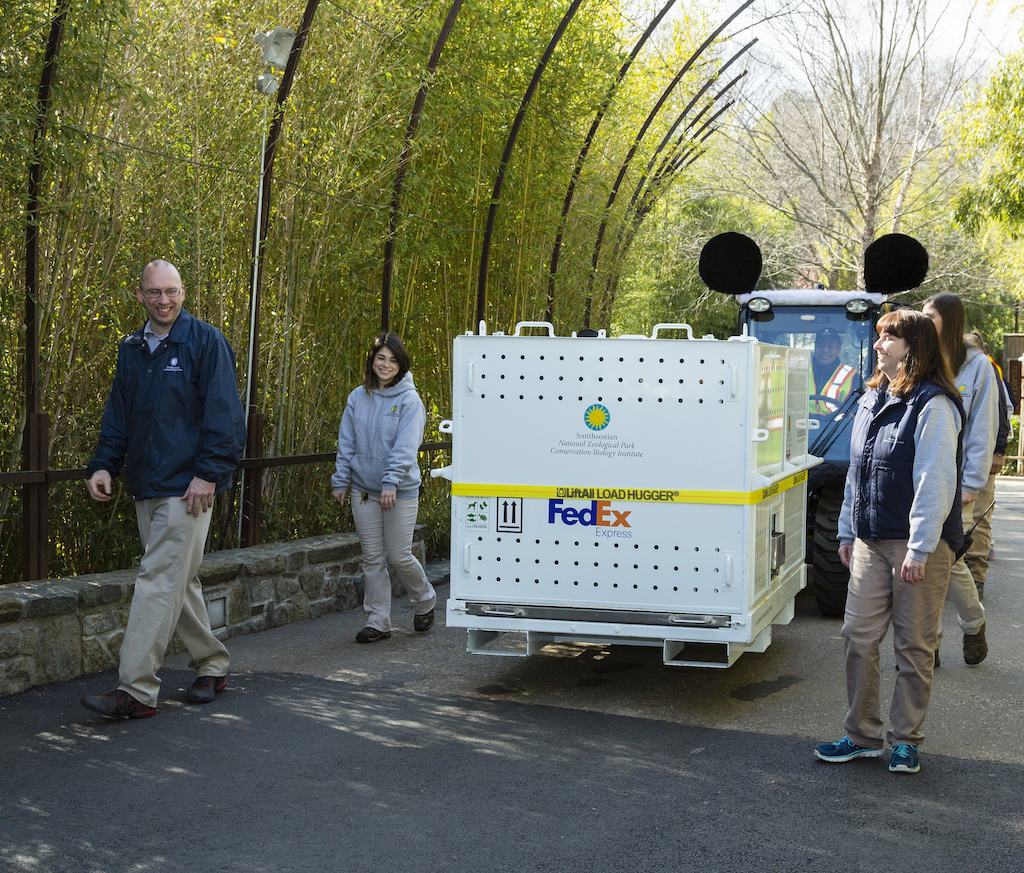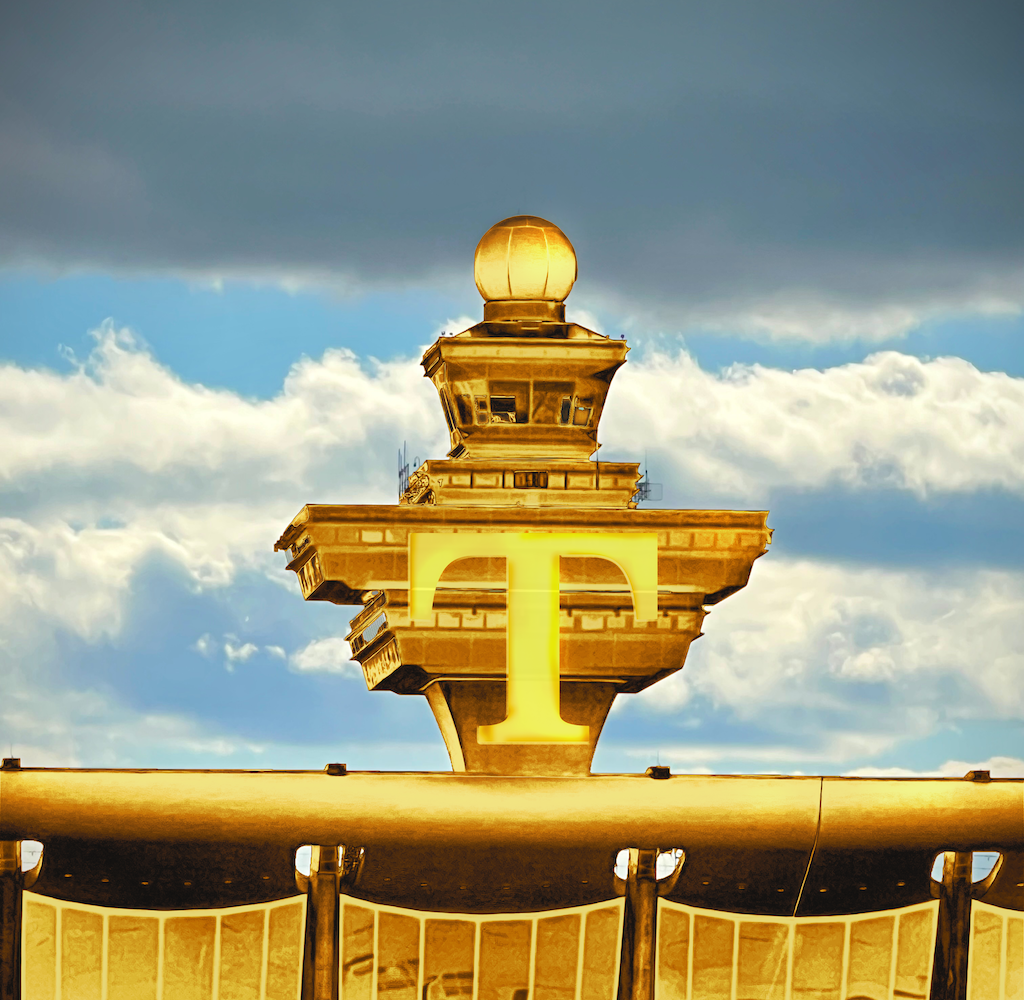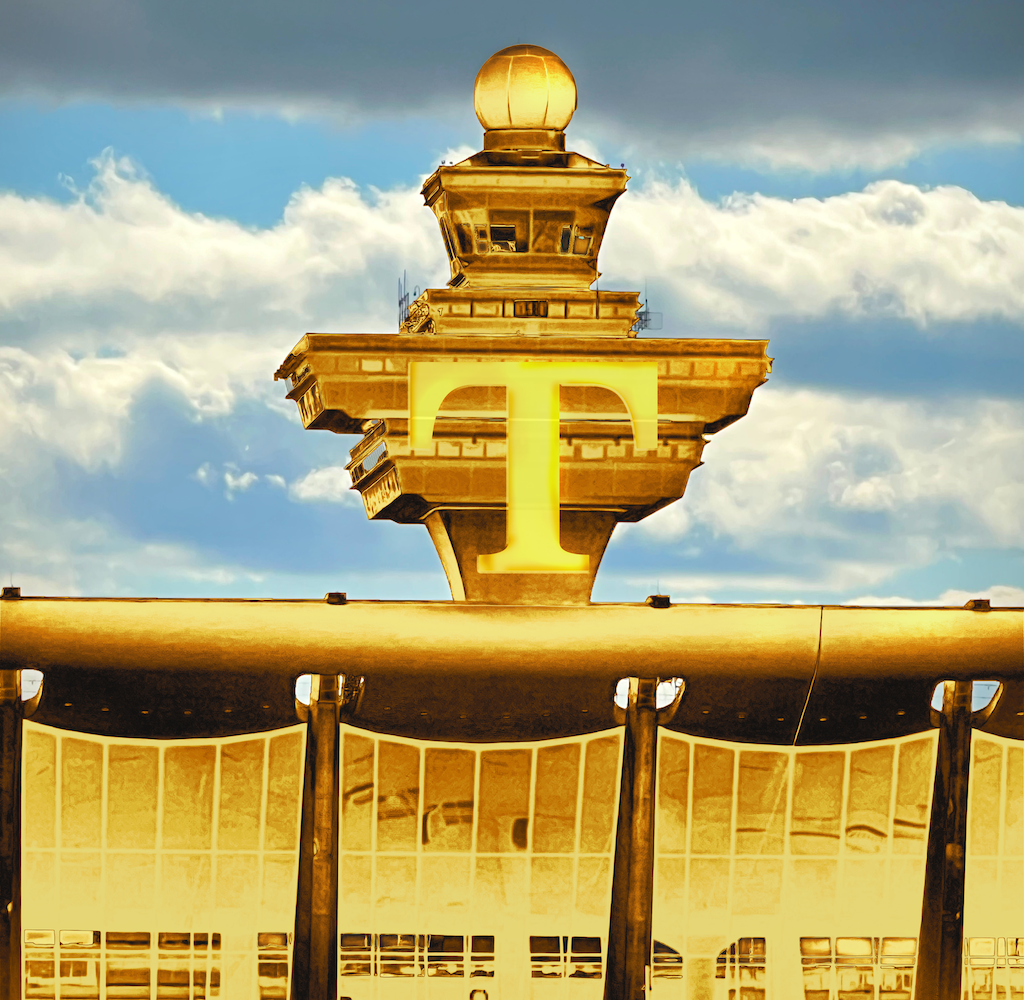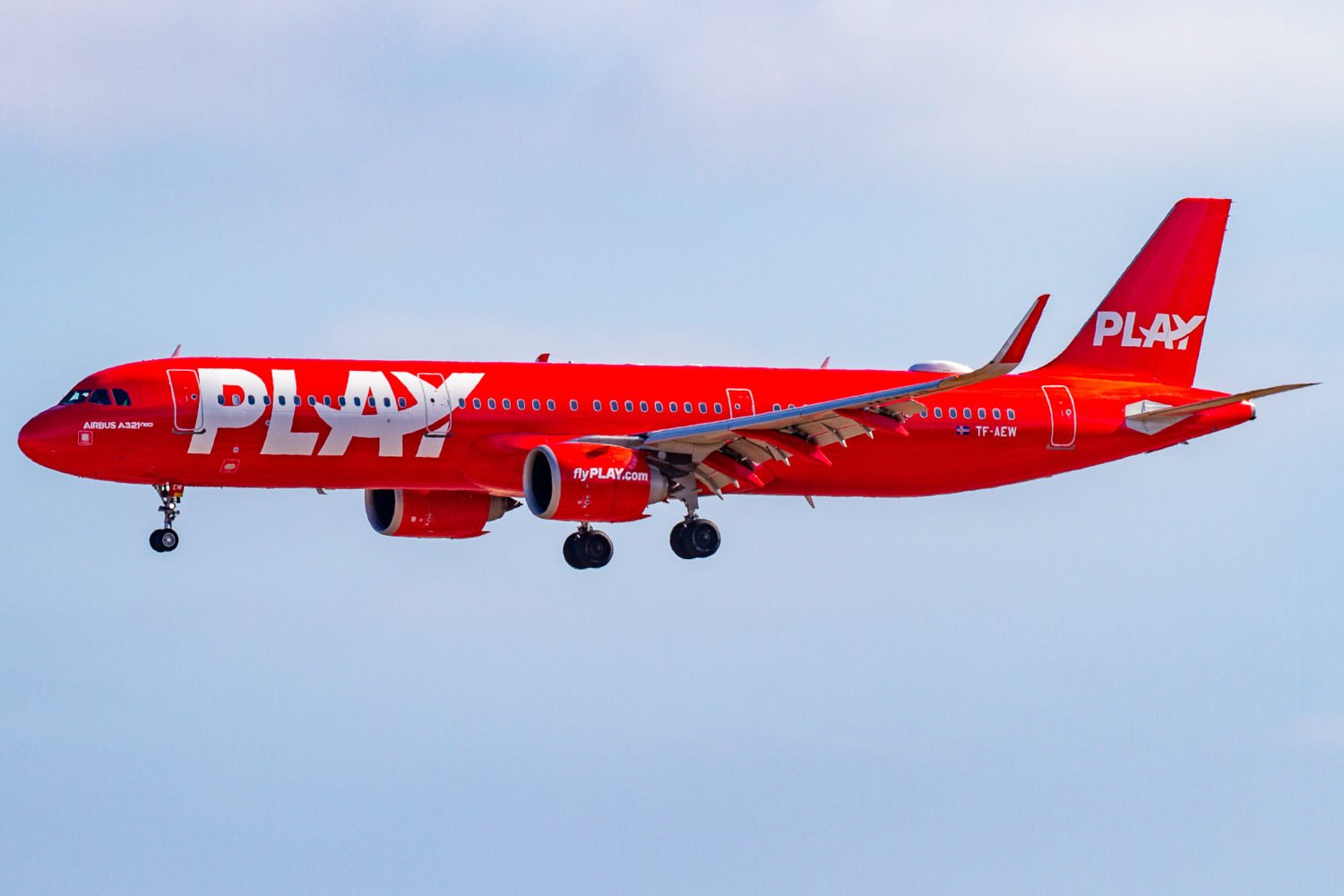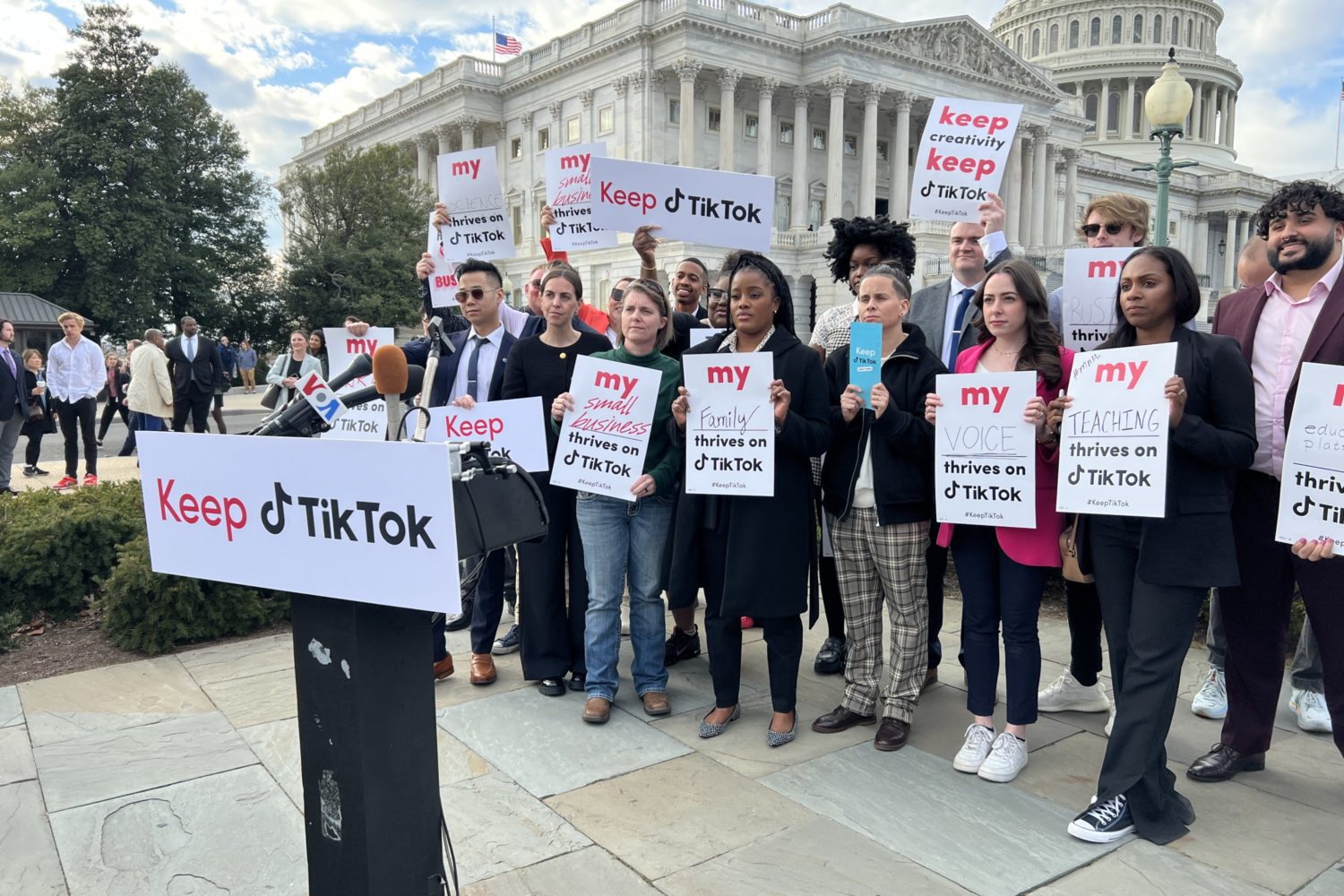Tuesday at 1:30 p.m. the 3-year-old panda Bao Bao will begin a journey from Washington Dulles International Airport to Chengdu, China, where she will begin a new life in a panda-breeding program. The flight, aboard a Boeing 777-200F, will take 16 hours and 20 minutes; Captain John Hunt is one of four pilots flying Bao Bao. He’s already done four panda flights in his 32 years as a pilot for FedEx. David Lange, managing director of FedEx Charters, started coordinated Bao Bao’s flight back in October of 2016.
Washingtonian: How did you first become involved in transporting animals, especially pandas for FedEx?
Lange: As the director of the charter department we handle any flight that’s not a scheduled service flight… we’ve been working with various zoos and panda reserves since 2000 as part of the Panda Breeding Program and we’re fortunate to be involved in it. It’s something we think is important and something we take a lot of pride in.
How do you prepare a panda for flight?
Lange: This will be our seventh “Panda Express.” Live animal shipments have their own special handling and requirements that are outside the normal work that we do in the charter department. Live animals really start out with the enclosures and the process we use developing a load plan, whether it’s a panda or a load of horses or cattle. The enclosure that we’ll be using for the Panda Express were specially designed in 2010. We also carry specific supplies on the flight in the support of a live animal mission. We call it the panda catering that goes along, whether it’s bamboo, and water, and apples and whatever other food that the zoo and the attendants want to carry for the 16-hour flight.
We also have a FedEx load master on the flight, and his responsibility will be to act as a liaison between Captain Hunt and his crew and the attendants. He’ll work with the attendants as they go back and forth between the jump seat and the cargo department, checking on the animal, and he’ll act as an intermediary between he crew and the attendants if they need anything as it relates to temperature control.
At the end of the day, the panda shipments just have a lot more visibility than our normal live animals. There’s a lot of media attention around the the charter as well as the transportation motorcade, the loading at the zoo, the transportation motorcade from the zoo to the airport to our ramp location. We’ll have Fish and Wildlife inspections and export clearance operation at the ramp. So there’s a lot of different moving parts than our normal charter checklist.
Hunt: It should be acknowledged that every one of these is [an] extraordinary priority with the fanfare but more so the realization that what the panda bear represents is a national treasure of China.
As a pilot, how do you prepare for a charter like this?
Hunt: Well the length of flight at 16 hours and 20 plus a couple minutes is one that’s rather routine from a duty perspective on the Boeing 777. As far as flight accommodations, there will be four pilots, two of us will be replaced by the other two pilots at intervals along the route of flight, which is routine, and we’ll require rest at those intervals.
The preparation for the flight in terms of flight planning is done by a division within Federal Express whose responsibility it is to do just that. All along the flight our concern is the comfort of our VIP. We understand that this will be Bao Bao’s very first flight and we want it to be a pleasurable memory for her and at the same time we take great pride in having a safe, comfortable, smooth ride.
Do animals ever get airsick?
Hunt: Airsickness is the sensation of acceleration that the body isn’t able to balance with eyesight. So where you and I might find ourselves accommodated with a non nausea feel, it’s because we’re able to look outside the windows and have a matched visual sensation with what sensation is being produced by the inner ear. So with that comes the lack of the ability for the animal to look out a window but by the same token it does have an awfully long range of something that is going to remain very stable, the cabin that the animal will be in. So we don’t anticipate any of that.
What other animals have you had the opportunity to fly?
Hunt: There was one [time] where we had 402 head of cattle, I remember, out of New Zealand that I flew to Guam in an MD-11, that was a unique experience. We’ve dealt with the New Orleans floods, back where we removed, oddly enough, penguins and moved them to California. We’ve got crocodiles that we moved out South Africa up through Dubai and then from Dubai down through Munich and then back to Memphis. Everything from little baby chicks and everything in between to include a dolphin that was injured. We moved that animal from a different care location, which was fascinating, because it acquired a prosthesis to allow it to swim once again.
This interview has been condensed and lightly edited.

